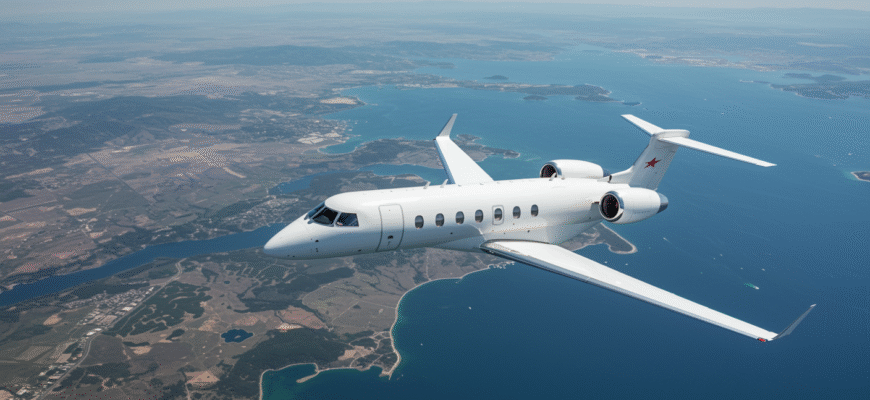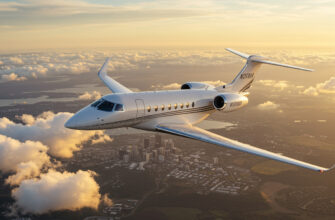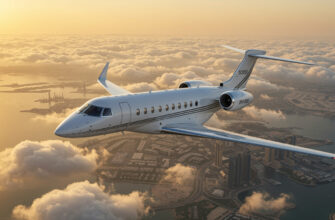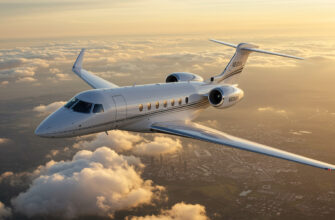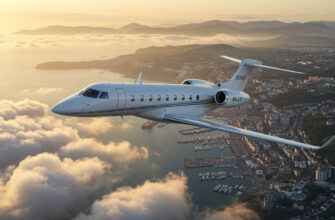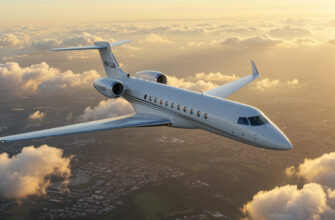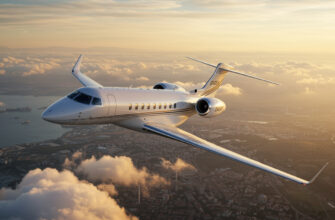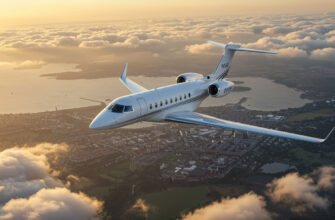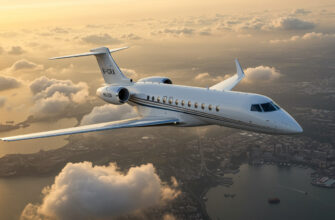There’s something about flying private that feels like it should come with a warning label—both for the pure adrenaline it stirs and the expectations it tends to wreck. Especially when the destination is Argentina. People imagine leather-tufted cabins, glasses of Malbec poured midair, and touch-downs that lead straight into tango-fueled nights or Andean hideaways. But here’s the thing—some of that is real. Some of that is myth. And the difference? It comes down to who’s flying, where you’re headed, and whether or not there’s a llama waiting beside your tarmac picnic blanket.
What It’s Really Like To Book A Private Jet To Argentina
Not just for ballplayers and billionaires anymore, Argentina’s private jet crowd has grown to include everyone from vineyard owners flying in for the Malbec harvest to traveling luxury nomads chasing Patagonia sunrises. It’s flashy, yes—but also surprisingly grounded in purpose.
You’ll see:
- Hollywood actors laying low in Bariloche between projects
- CEOs hosting team retreats out of Mendoza with onboard asado included
- Digital nomads hopping between Chile and Argentina with surfboards or skis in tow
- South American elites flying to Buenos Aires from Punta del Este for polo and press events
But here’s where it gets uniquely Argentine: midair empanadas, dulce de leche desserts plated like royalty, maybe a tango playlist pulsing over the speakers if you’re flying into the capital. We’re talking catwalk energy at 38,000 feet.
And it’s not all silk and sunsets. Land at some Patagonian strips—like El Calafate or San Martín de los Andes—and there might be llamas roaming nearby, a vineyard rep with a tasting flight ready, or a 4×4 safari waiting to plug you straight into glacier country.
Fantasy collides with reality here in a way that few countries match. Private jetting in Argentina isn’t just about avoiding security lines—it’s about forging entire stories in transit.
How Much Does It Cost To Charter A Private Jet To Or From Argentina?
Here comes the sobering part. If you’re planning to fly private to or from Argentina, the sticker shock can cut faster than an undercooked steak. Some routes are less than expected—others, wildly more. Here’s what you’re looking at:
| Route | Jet Type | Price (One-way) |
|---|---|---|
| Miami – Buenos Aires | Long-Range Heavy Jet | $110,000+ |
| São Paulo – Mendoza | Midsize Jet | $25,000+ |
| Santiago – Bariloche | Light Jet | $15,000+ |
Now let’s break it down by the hour. Regardless of the route, this is the pricing ballpark for the aircraft types most commonly used for Argentina charters:
- Turboprops: $1,500 – $3,000/hr
- Light Jets: $3,500 – $4,800/hr
- Midsize Jets: $4,800 – $6,000/hr
- Heavy Jets: $8,500 – $10,500/hr
- Ultra-Long Range: $12,000 – $15,000/hr
Now the curveballs—the things that can swallow budget faster than your jet swallows miles:
Pricing Variables That Can Tip Your Whole Quote:
In essence, your quote could crash through or float way below expectations depending on how you fly, when you fly, and how flexible you are about being the king or queen of convenience.
Choosing The Right Jet Type For Your Argentina Mission
Picking the ideal private jet for your Argentina mission isn’t about splurging—it’s about survival. The wrong aircraft over the wrong terrain can turn a jet-set dream into a ten-hour discomfort marathon.
Here’s how to play it smart:
And if it’s the dead of winter? Don’t risk comfort or safety—go with something featuring cabin heating, ice-protection systems, and advanced tech for flying through Andean moodswings. Storms up there don’t care if you’re wearing couture.
Bottom line: comfort, number of passengers, weather, and luggage all matter. Argentina’s geography doesn’t forgive underplanning. Choose a jet that meets not just your schedule—but your standards.
The Best Airports in Argentina for Private Flyers
Most private flyers heading to Argentina are asking just one thing: what airport won’t waste your time or blow your vibe? Here’s the real rundown.
- Buenos Aires Ezeiza (SAEZ) — The international heavyweight. You’ll land almost unnoticed, except you’ll glide straight into plush VIP lounges. If you’re FBO-hopping around South America, Ezeiza’s wide-body capacity makes it your go-to. High security, strong customs support, sleek service—don’t skip it if you’re flying in long-haul.
- Buenos Aires Aeroparque (SABE) — Smack in the city. You’ll be downtown before your phone finishes syncing to Wi-Fi. Smaller jets only, but the interiors of its FBOs lean into chic. Think glitzy scent diffusers, art-books-on-tables glam, espresso on tap, and staff who actually look like they’d turn down a club invite to take care of your jet.
- Mendoza (SAME) — For wine lovers, this is Eden. It’s not just an airport, it’s a doorway to Malbec. Some charters even land near vineyards. Tiny airstrips, golden hour arrivals, and wine reps pulling up with crates straight from the cellar.
- Bariloche (SAZS) — Landing here is like gliding into a Patagonia postcard. Snow-kissed peaks, lakes that glisten too perfectly. It’s calm, it’s cold, it’s kinda spiritual. Ground crews are used to ski elites dropping in, so they don’t flinch when you ask if the jet skis made it onboard.
- El Calafate (SAWC) — The descent over glaciers? Unreal. Ice fields shimmer under the wings, and it’s one of the most scenic landings in South America. Mostly visited in peak Patagonia season, it handles jets with ease when the weather behaves. Which—fair warning—it doesn’t always.
What to steer clear of? Customs bottlenecks at secondary airports, ultra-short runways in some rural or mountain towns (sorry, no landings if you overpacked your drama), and yep, surprise political protests that sometimes take over airport access roads. Plan extra buffer time unless you want your jet fuel bill climbing while your driver sits trapped behind marching students.
Seasonal Chaos: When to Fly or Stay the Hell Home
Timing crushes everything here. Book wrong and you’ll be grounded, overcharged, or stuck next to a wine rep crying into a recycled boarding pass. Here’s Argentina’s seasonal cheat sheet:
Snowstorms, July–August: Andes weather is no joke. Those postcard peaks? Blizzard central. Turbulence gets gnarly, and Mendoza-Bariloche routes can vanish off the radar in a single storm.
March–April hits hard with the Malbec harvest rush. Everyone’s flying into Mendoza at once—wine buyers, influencers, roaming sommeliers—and private charters spike in price. Hotels get greedy, vendors sell out, and even jet fuel starts playing diva.
December–January is holiday chaos. School’s out, wallets are open, and runway space gets tight—even for private flyers. Don’t expect royal treatment without delays; customs agents are human and tired just like the rest of us.
The real sweet spot? Mid-September to early November. You’ve missed the weather tantrums and beat the influencer migration. Fewer lineups, smoother flights, and Patagonia still ripe for stunning sky-to-ground shots.
FBO Culture: Argentina’s Quiet Flex Game
FBOs in Argentina aren’t obnoxiously flashy—no one’s dangling Lambos from cranes—but the taste level is elite. It’s where you see who actually has money vs. who’s just here for the selfie.
Signature-branded operations show up in Buenos Aires, but the finesse is often in smaller, locally-run terminals that understand Argentina’s flavor. It’s all about deliberate luxury: soft-leather seats that don’t scream anything, just melt under you; whispered concierge service that handles everything from polo boots to parilla cravings.
They’ll hand you a hand-stitched mate kit instead of another branded pen. Your in-flight snacks? Not nuts. We’re talking smoked empanadas still warm, Malbec from the estate you just flew over, and desserts your abuela would’ve cried over.
The flex isn’t blasting excess—it’s having a place feel like it was designed around your weird, decadent whims. FBOs in Argentina know quiet luxury better than anyone. Don’t look for the red carpet. Check the wine fridge instead.
